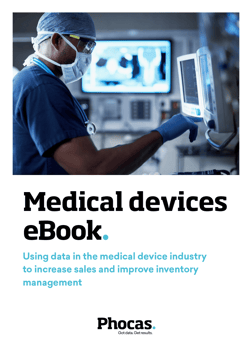We’ve all been there at some point in our life. It may have been after a night out or even after a silly fall. Yes, I’m referring to the accident and emergency (A&E) department.
I’m not proud to say this but I have been there a few times. One thing I’ve noticed is that it always feels as though I’ve spent 90 % of my time just waiting to be seen. In the recent UK federal election, the National Health Service (NHS) was a hot topic so I wanted to briefly address some of the issues the NHS are facing and describe how business intelligence can help.
Did you know that each A&E department has a national target to ensure that 95% of patients must be seen, treated, admitted or discharged in under four hours?? Statistics show that every week, hospitals throughout England have a total number of 77,000 A&E admissions. Currently, targets are not being met and hospitals are only achieving a 90% rate. In light of all the fuss around A&E, you may think this is not such a bad figure but did you know the fine for every patient who is not seen can be £200? Using this number and based on the figures above, the NHS in England is potentially losing around £770,000 a week!
So what can NHS Hospitals do to ease the pain? Well, in my opinion one of the quickest and most practical solutions revolves around data analysis. Through a business intelligence tool, decision makers can better monitor information and use this information to help achieve target KPI’s in every hospital.
By adopting business intelligence, hospitals and teams within the hospitals can track and monitor on a frequent basis whether they will reach the 95% target or will fall behind. Each day, the hospitals would have visibility of how far they are in breach of the target and can pro-actively make key decisions to ensure that they hit the target.
Hospitals can monitor where the peaks occur in admittance such as is it during the day or night? If so, what times does the peak occur? Through the use of business intelligence, they can analyse if they had enough staff to cover the peak period. If there was a shortage in staff, the next question that can be answered is, were they lacking in Doctors or Nurses at that time? In the process, they can better ensure they have the right mix of medical staff on board.
Implementing business intelligence will allow hospitals to be pro-active and responsive to the questions highlighted above, thus increasing productivity and resulting in operational and administration savings across the hospital.
Do you want to find out more? Click the button below to download our free eBook on the medical sector.







